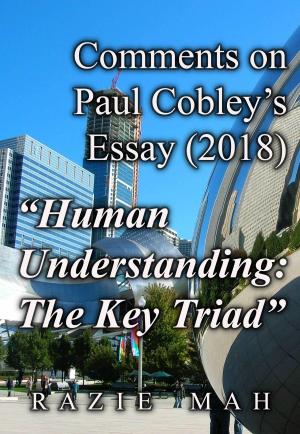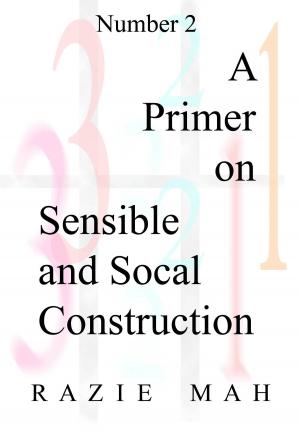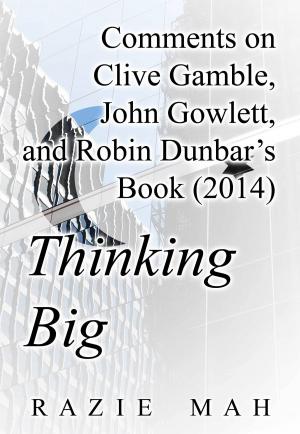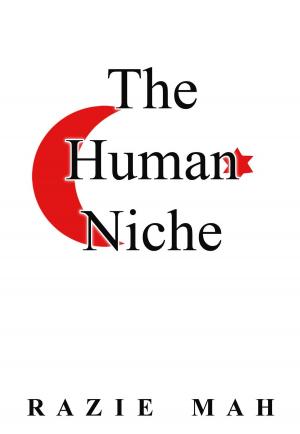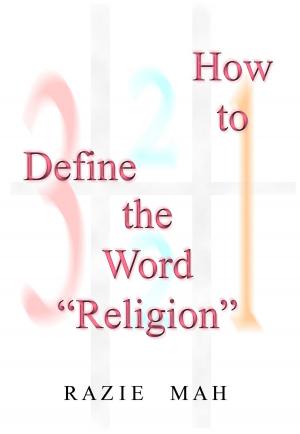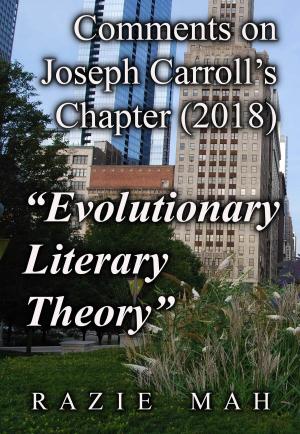Comments on David McNeill's Book (2012) How Language Began
Nonfiction, Science & Nature, Science, Biological Sciences, Evolution, Religion & Spirituality, Philosophy| Author: | Razie Mah | ISBN: | 9781942824503 |
| Publisher: | Razie Mah | Publication: | July 8, 2018 |
| Imprint: | Smashwords Edition | Language: | English |
| Author: | Razie Mah |
| ISBN: | 9781942824503 |
| Publisher: | Razie Mah |
| Publication: | July 8, 2018 |
| Imprint: | Smashwords Edition |
| Language: | English |
David McNeill spent years in the Departments of Psychology and Linguistics, exploring the nature of human speech and gesture. Gesture coincides with speech. The gestures are holistic and imagistic. Speech is detailed and propositional. Clearly, these two real elements are contiguous in contemporary talk.
The question is why?
If this behavior expresses evolved traits, then how did talk evolve?
This is one of the topics addressed in the masterwork, The Human Niche. What explains the evolution of talk? The answer? Talk is an adaptation exploiting the niche of triadic relations.
This hypothesis stands on close reading of four works on human evolution, two from the anthropological and two from the linguistic points of view.
McNeill's work lies outside this base, since it directly addresses the evolution of talk, rather than language, as defined by Saussure.
For many years, the linguistics lab at the University of Chicago has documented the coincidence of gesture and speech, within the milieu of speech-alone talk. The gestures are engaging. The speech is descriptive. Curiously, the hands convey aspects of the story that speech strains to provide. Stories? Yes, volunteers are filmed as they tell the story of an animated cartoon, featuring Sylvester, the cat, Tweety, the bird, and the old lady who owns the bird. The cartoons are hilarious.
So, McNeill has a distinct point of view when he formulates how talk evolved. Yet, he does not have the simple tool of the category-based nested form. McNeill proposes a hypothesis and strives to establish it. In these comments, McNeill's hypothesis is re-articulated in the relational structure of the category-based nested form, resulting in a picture of human evolution that complements the hypothesis presented in The Human Niche.
Humans evolved to exploit the realness of triadic relations.
David McNeill spent years in the Departments of Psychology and Linguistics, exploring the nature of human speech and gesture. Gesture coincides with speech. The gestures are holistic and imagistic. Speech is detailed and propositional. Clearly, these two real elements are contiguous in contemporary talk.
The question is why?
If this behavior expresses evolved traits, then how did talk evolve?
This is one of the topics addressed in the masterwork, The Human Niche. What explains the evolution of talk? The answer? Talk is an adaptation exploiting the niche of triadic relations.
This hypothesis stands on close reading of four works on human evolution, two from the anthropological and two from the linguistic points of view.
McNeill's work lies outside this base, since it directly addresses the evolution of talk, rather than language, as defined by Saussure.
For many years, the linguistics lab at the University of Chicago has documented the coincidence of gesture and speech, within the milieu of speech-alone talk. The gestures are engaging. The speech is descriptive. Curiously, the hands convey aspects of the story that speech strains to provide. Stories? Yes, volunteers are filmed as they tell the story of an animated cartoon, featuring Sylvester, the cat, Tweety, the bird, and the old lady who owns the bird. The cartoons are hilarious.
So, McNeill has a distinct point of view when he formulates how talk evolved. Yet, he does not have the simple tool of the category-based nested form. McNeill proposes a hypothesis and strives to establish it. In these comments, McNeill's hypothesis is re-articulated in the relational structure of the category-based nested form, resulting in a picture of human evolution that complements the hypothesis presented in The Human Niche.
Humans evolved to exploit the realness of triadic relations.




